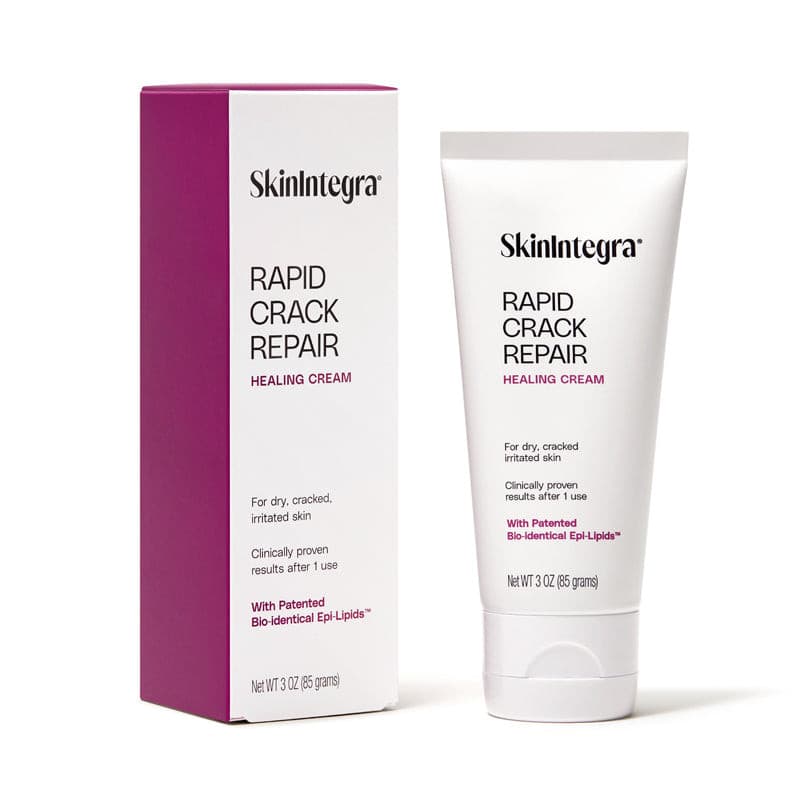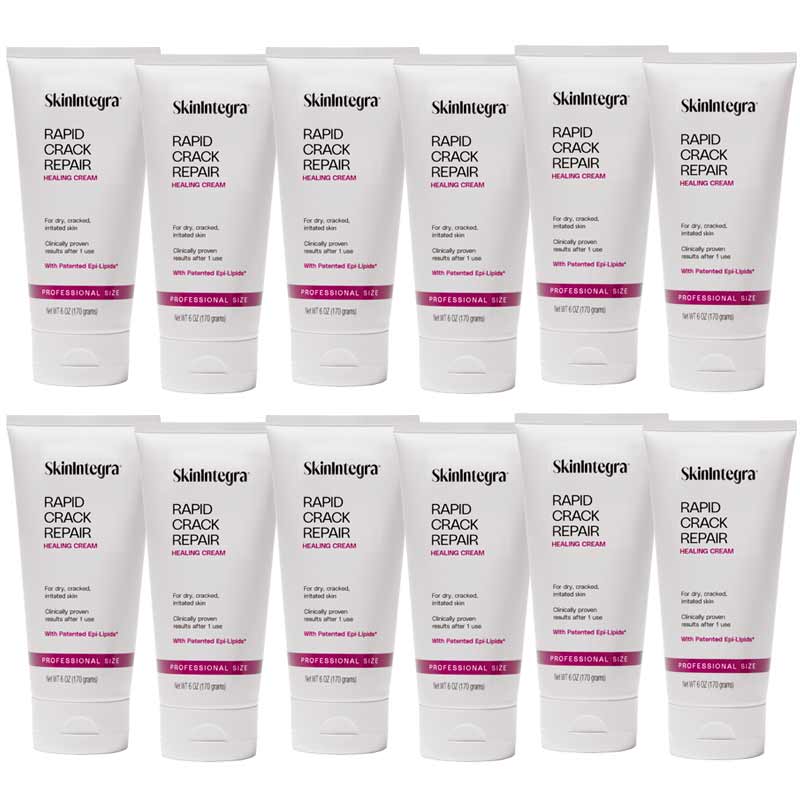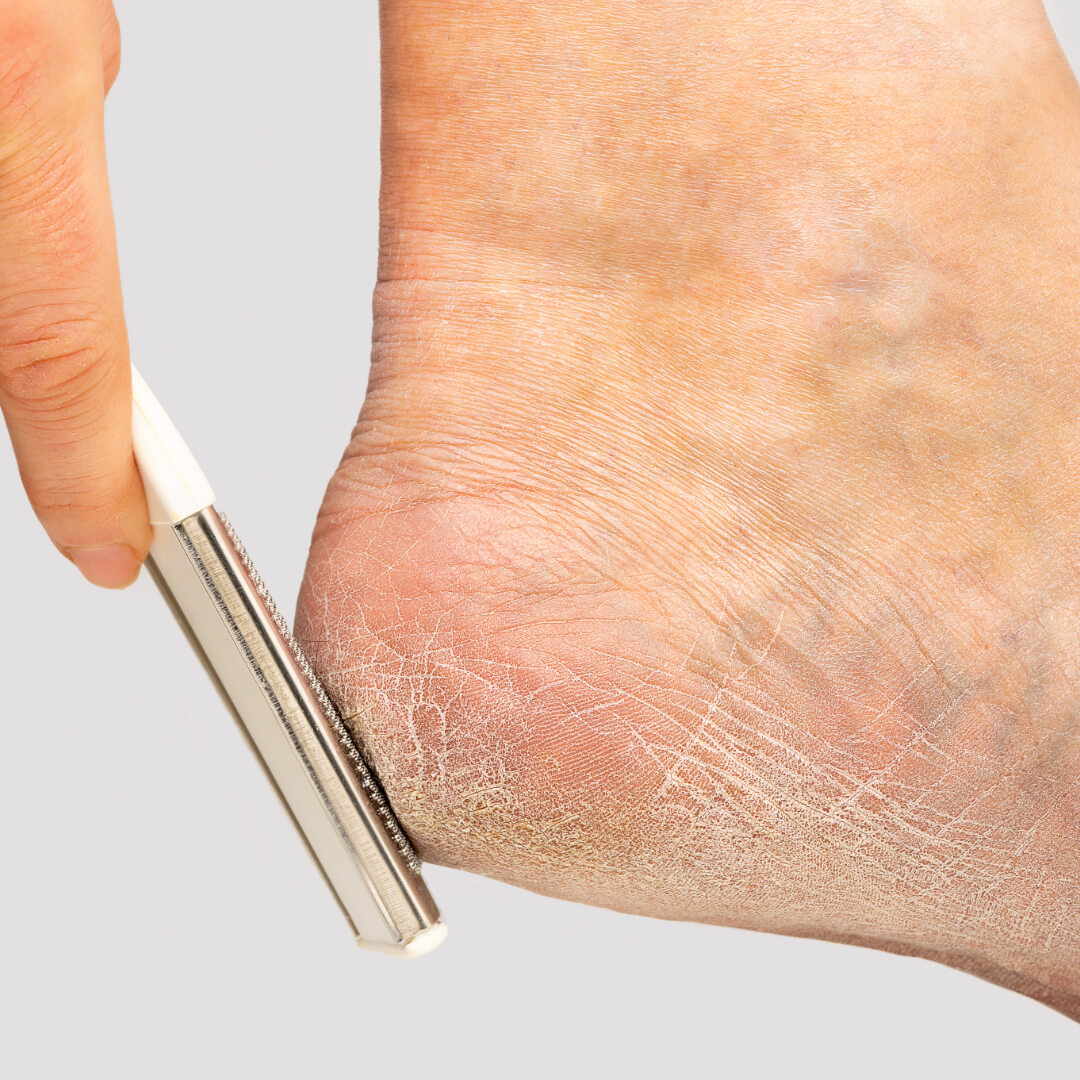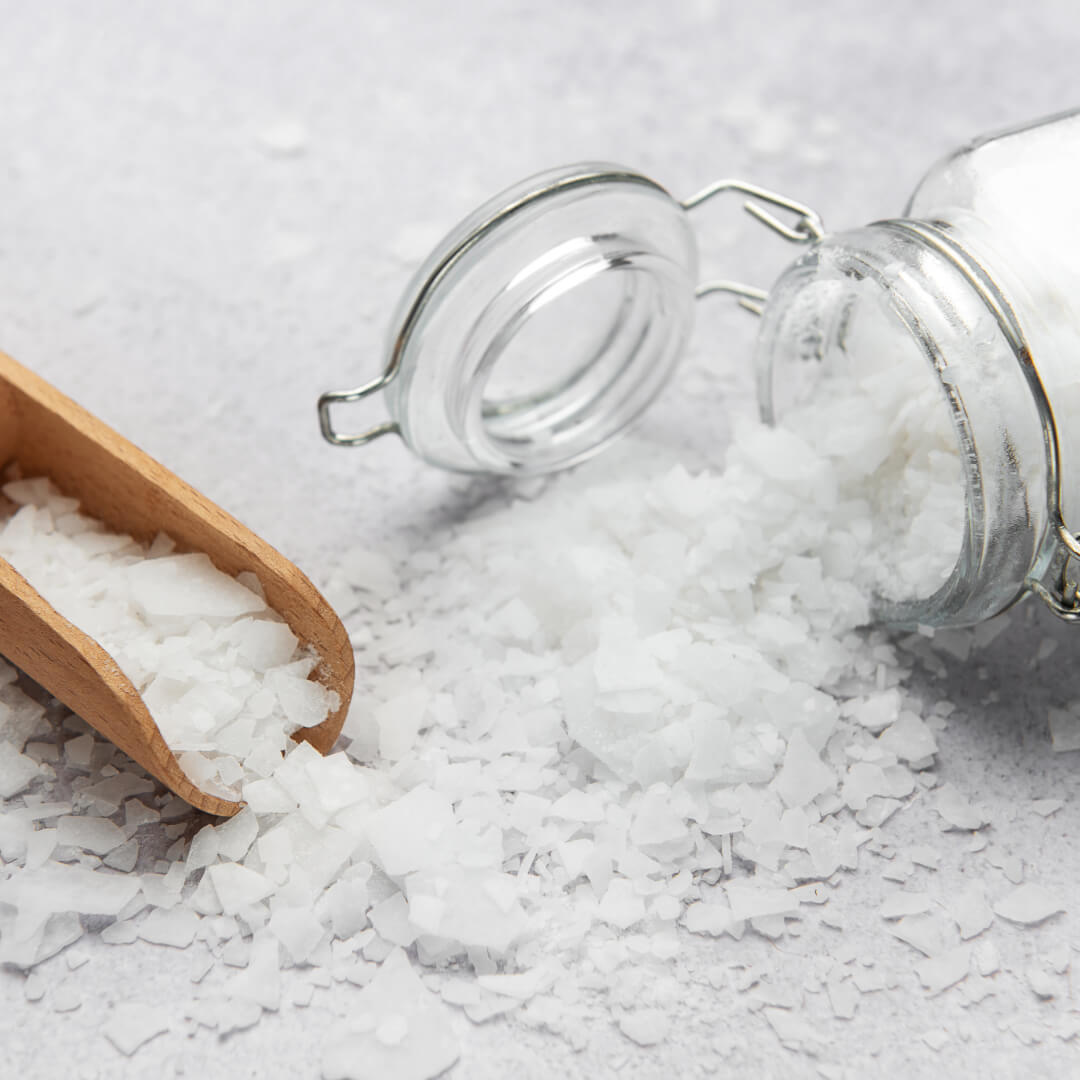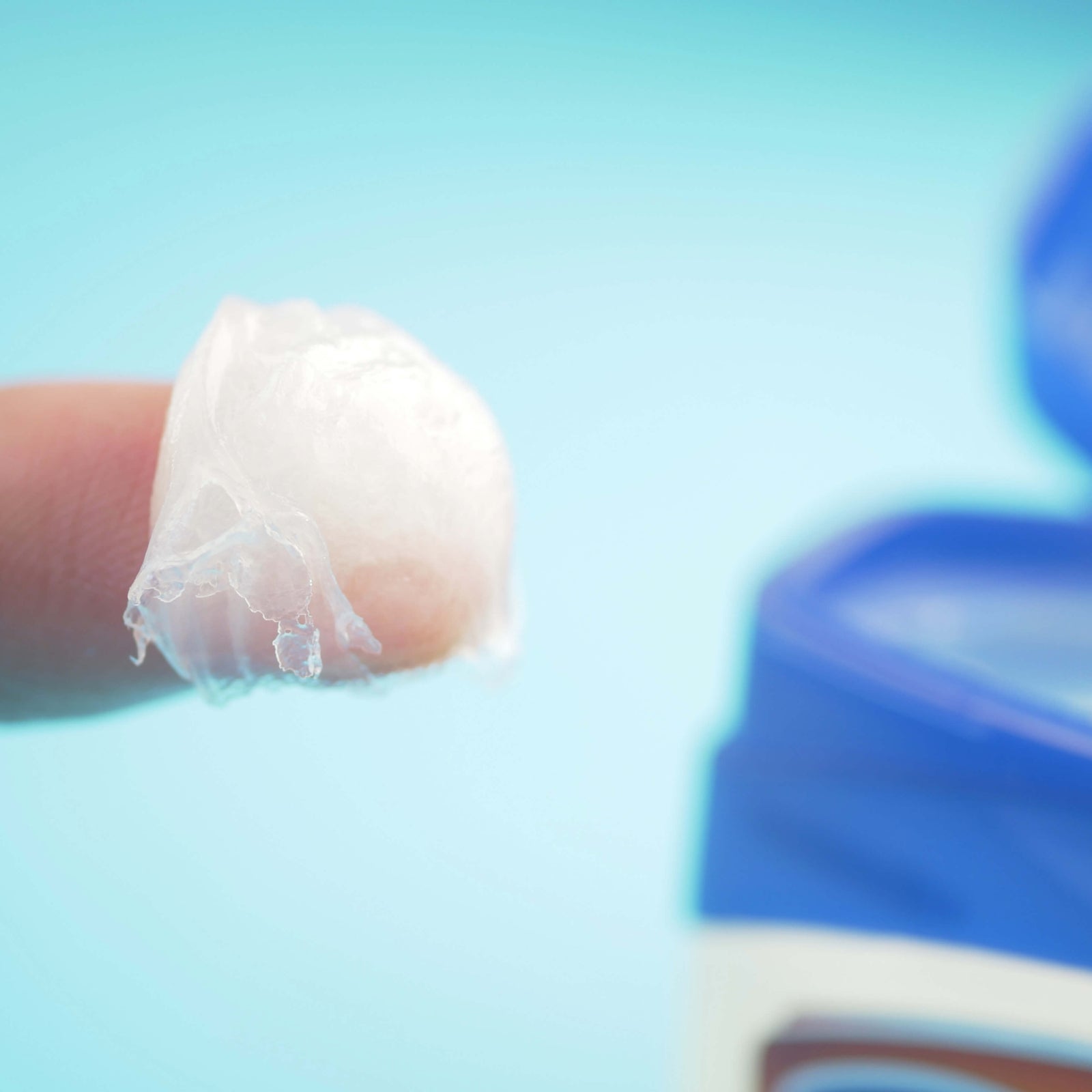Abnormal scarring is more than a cosmetic concern in podiatric care. For patients recovering from foot or ankle surgery—especially those with diabetes, neuropathy, or compromised circulation—hypertrophic scars, keloids, and rigid, dry scar tissue can lead to serious complications. These include pain, altered biomechanics, fissures, and in severe cases, skin breakdown and ulcer recurrence.
The best way to manage abnormal scarring is to prevent it. This begins immediately after suture removal, during the critical wound remodeling phase.
Understanding Abnormal Scarring in High-Risk Feet
Abnormal scarring refers to atypical wound healing outcomes characterized by disorganized collagen formation, poor hydration, or excess tissue buildup. In podiatric patients, this may manifest as:
-
Hypertrophic scars: Raised, thickened scars confined to the wound area that often itch or cause discomfort
-
Keloids: Dense overgrowth of scar tissue that extend beyond the borders of the wound
-
Atrophic scars: Sunken, thinned, or poorly integrated tissue that is prone to cracking or ulceration
While some of these scars are genetically predisposed, many are preventable when early interventions are applied at the right phase of healing.
Podiatric patients—particularly those with:
-
Diabetes
-
Peripheral arterial disease (PAD)
-
Neuropathy
-
Dry or atrophic skin
are at significantly higher risk due to delayed healing, reduced circulation, and loss of protective sensation.
The Critical First 2 Weeks Post-Suture Removal
Once sutures are removed and the wound is visibly closed, healing is far from complete. In fact, this is when the skin enters the early remodeling phase. During this time:
-
New epithelial cells form and mature
-
Fibroblasts organize collagen in the dermis
-
Inflammation is resolving but still active
-
Hydration and skin elasticity influence how tissue remodels
If the skin is dry, unprotected, or exposed to excessive friction, it may result in:
-
Thickened collagen bundles (hypertrophy)
-
Scar rigidity or discomfort
-
Elevated risk of cracking and breakdown
This two-week window is your golden opportunity to influence how the scar forms. Unfortunately, many clinicians and patients believe wound care ends with closure.
Limitations of Conventional Scar Gels
Most over-the-counter scar products, like silicone gels or onion extract-based formulas, focus narrowly on occlusion. The idea is to trap moisture and reduce excess collagen production. For podiatric patients, this is however not enough.
Conventional scar gels often fail because:
-
They lack deep hydration and humectants
-
They don’t address inflammation or antioxidant needs
-
They provide minimal barrier support for fragile, compromised skin
-
They can be uncomfortable or peel off in high-friction areas (e.g., ankles, heels)
In short, they are built for healthy, youthful skin healing under ideal conditions—not for patients with diabetes, dryness, or post-surgical foot wounds.
The SkinIntegra Advantage: Best Cream for Scar Healing on High-Risk Skin
SkinIntegra’s Rapid Crack Repair Cream offers a comprehensive, clinically backed approach to post-surgical skin recovery. It is uniquely formulated to support the needs of at-risk skin immediately after suture removal.
Its patented barrier repair and maintenance composition include:
-
25% Urea: A powerful humectant and keratolytic that softens the stratum corneum and draws moisture deep into the skin. Urea helps prevent rigid scar formation by promoting soft, flexible tissue.
-
Lactic Acid: Supports gentle exfoliation and cellular turnover, improving the smoothness and texture of new skin without irritation.
-
Vitamins C & E: These antioxidants help mitigate oxidative stress and reduce post-inflammatory hyperpigmentation. Vitamin C, in particular, plays a role in stabilizing and cross-linking collagen.
-
Dimethicone: A breathable silicone-based polymer that forms a protective film over healing skin. Dimethicone protects against friction (a key concern on the feet) and transepidermal water loss (TEWL), while maintaining comfort and breathability.
-
Shea Butter and Natural Oils (Sacha Inchi, Rice Bran, Sea Buckthorn): These emollients and plant-based lipids restore skin barrier function, help reduce inflammation, and provide rich moisture. They are ideal for patients with dry, diabetic, or cracked skin.
Together, these ingredients support healing by addressing:
-
Hydration and moisture retention
-
Barrier repair
-
Antioxidant protection
-
Scar texture and pliability
-
Comfort and patient adherence
Unlike traditional scar products, SkinIntegra doesn't just focus on appearance. It supports skin resilience, comfort, and long-term recovery in the exact environments where skin is most vulnerable. It is the optimal barrier repair cream for diabetic skin that is slower to recover from wounds.
2-week post suture removal using SkinIntegra
Clinical Protocol for Preventing Abnormal Scars Using SkinIntegra
Phase 1: Immediate Post-Suture Care (Days 0–7)
-
Begin SkinIntegra application as soon as sutures are removed
-
Clean skin gently with saline or a mild non-irritating cleanser
-
Apply SkinIntegra 2x daily to the closed incision site
-
Avoid aggressive massage or silicone occlusion at this stage
Phase 2: Remodeling Phase (Days 8–21)
-
Continue twice-daily SkinIntegra application
-
Gentle circular massage can be introduced to improve tissue mobility
-
Silicone gel can optionally be added in low-friction areas if indicated
Phase 3: Maintenance & Scar Maturation (Weeks 3–8)
-
Continue SkinIntegra daily or as needed
-
Monitor for signs of hypertrophy or pigmentation
-
Transition to a maintenance hydration protocol if skin remains dry or callused
Clinical Application Tips
-
For post-op foot incisions, consider applying SkinIntegra before putting on socks or shoes to reduce friction
-
Use with caution around open wounds—it is intended for closed, intact skin
-
Educate patients on the importance of early scar care even if the skin "looks healed"
The Role of Prevention in Diabetic and At-Risk Patients
According to the International Working Group on the Diabetic Foot (IWGDF), 2023 Guidelines, preventing foot complications requires continuous management of skin integrity—not just ulcers, but also pre-ulcer signs like calluses, dryness, and scarring.
Abnormal scars in these patients can:
-
Create stress points that break down into ulcers
-
Decrease sensation or proprioception
-
Alter gait and weight distribution
Proactive scar care is wound prevention.
By reducing scar rigidity, maintaining hydration, and improving skin resilience, clinicians can decrease the likelihood of future breakdown—and even reduce recurrence rates in patients with prior foot ulcers.
Why This Matters for Podiatric Clinicians
Foot scars don’t just need to look good—they need to function.
A thick, dry, or tight scar on the plantar foot can cause pain with every step. A scar that breaks down can evolve into a chronic wound. Scar tissue that lacks flexibility can affect range of motion in the ankle or toes.
Using a comprehensive topical like SkinIntegra post-suture can:
-
Prevent these complications
-
Improve patient comfort
-
Reduce long-term healthcare costs
Educating Patients on Scar Prevention
Empower your patients to:
-
Start post-suture scar care early
-
Use barrier-restoring creams like SkinIntegra regularly
-
Avoid harsh exfoliants, drying soaps, or pressure on the healing skin
-
Monitor for signs of abnormal scarring (hardness, thickening, darkening)
Use handouts or visuals to explain that proper scar management is an extension of wound care—not an optional cosmetic step.
Conclusion
Scar prevention is one of the most overlooked aspects of podiatric wound care—yet it holds immense power to improve patient outcomes. The first two weeks after suture removal are critical. For patients with dry, diabetic, or high-risk skin, this window determines whether the healing skin becomes strong and resilient—or rigid, painful, and vulnerable to breakdown.
SkinIntegra provides a modern, multifactorial approach to early scar support. Unlike conventional scar gels, it addresses hydration, barrier repair, antioxidant protection, and comfort from day one.
For clinicians looking to improve healing outcomes in podiatric surgery, SkinIntegra represents a simple yet highly effective tool in your post-op protocol.
